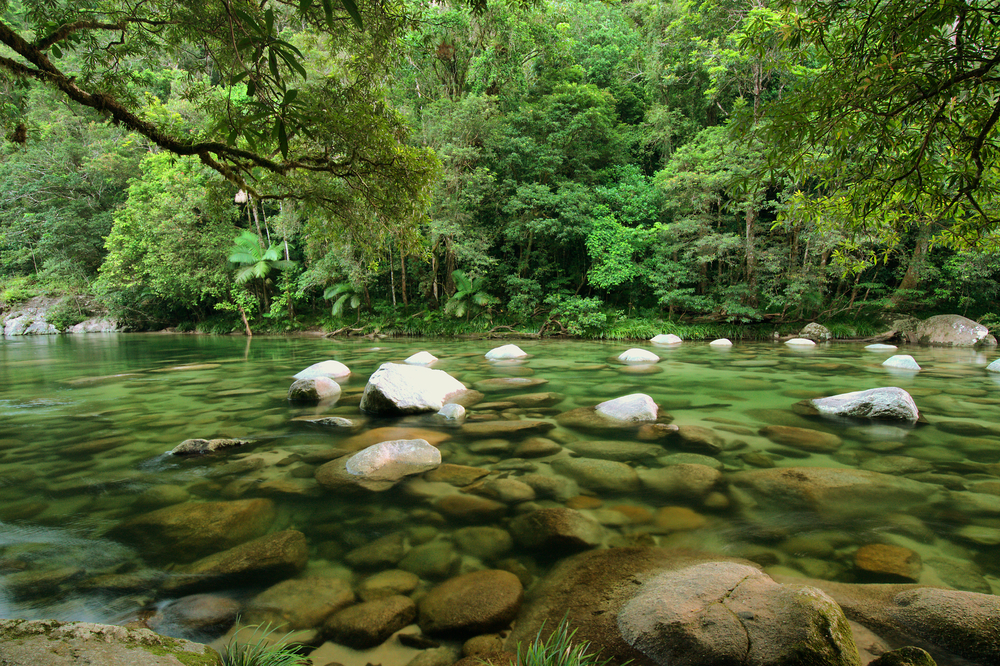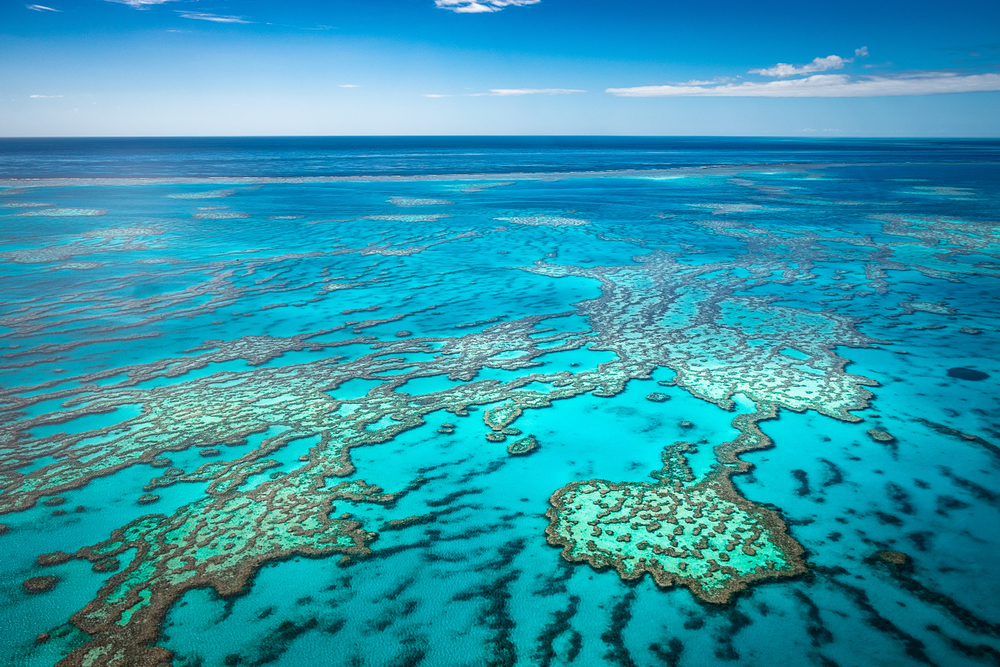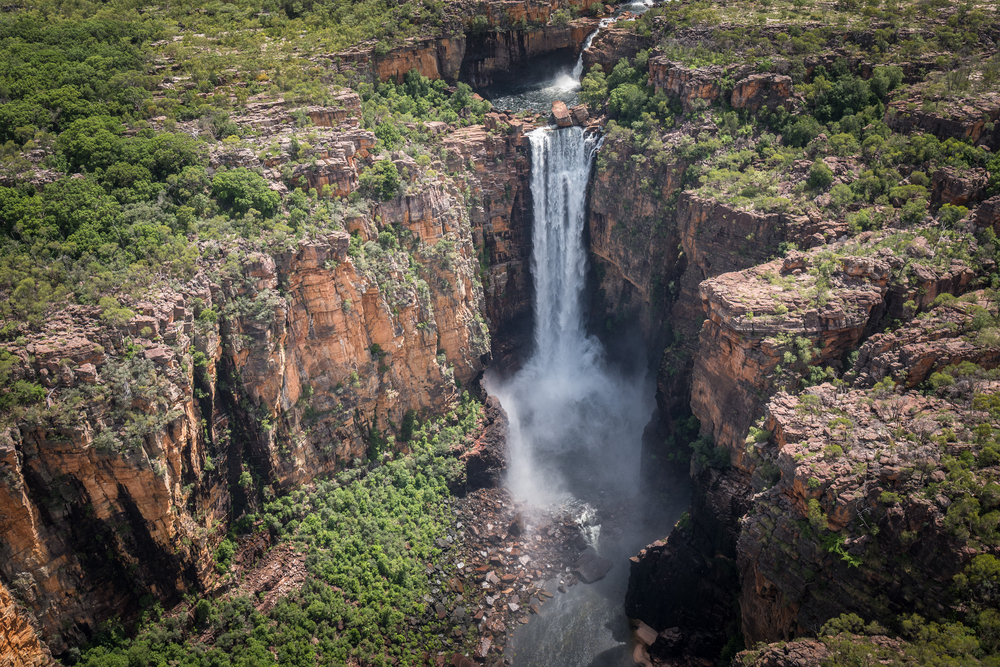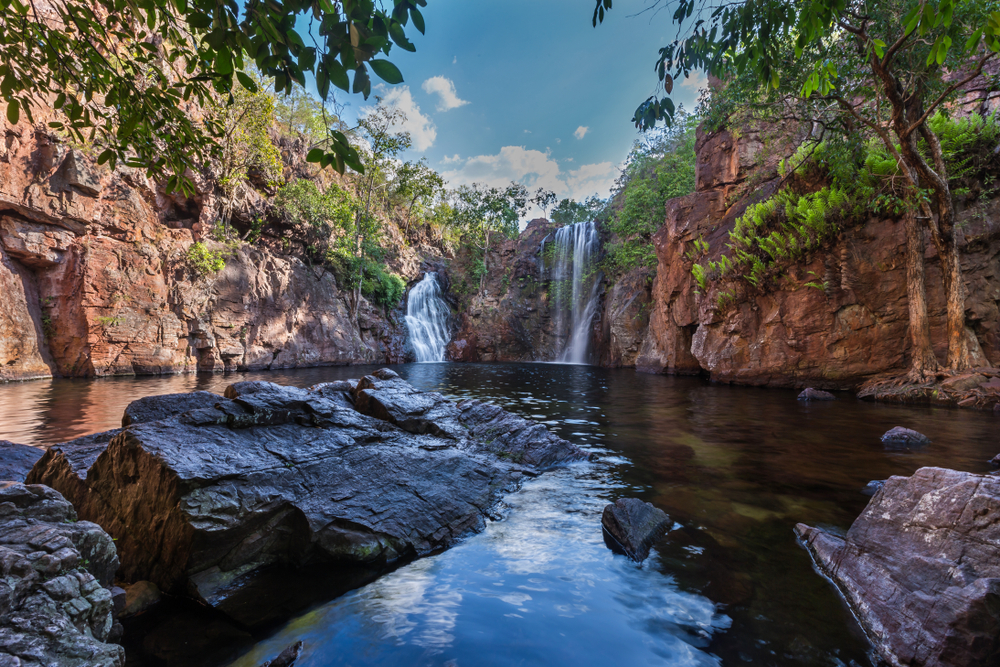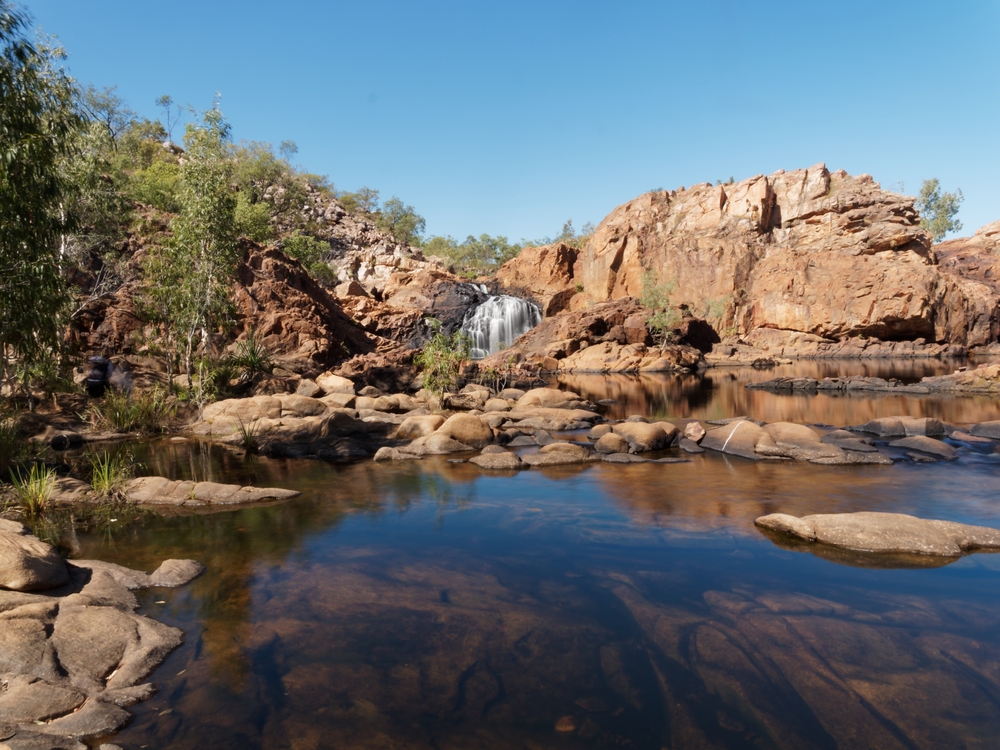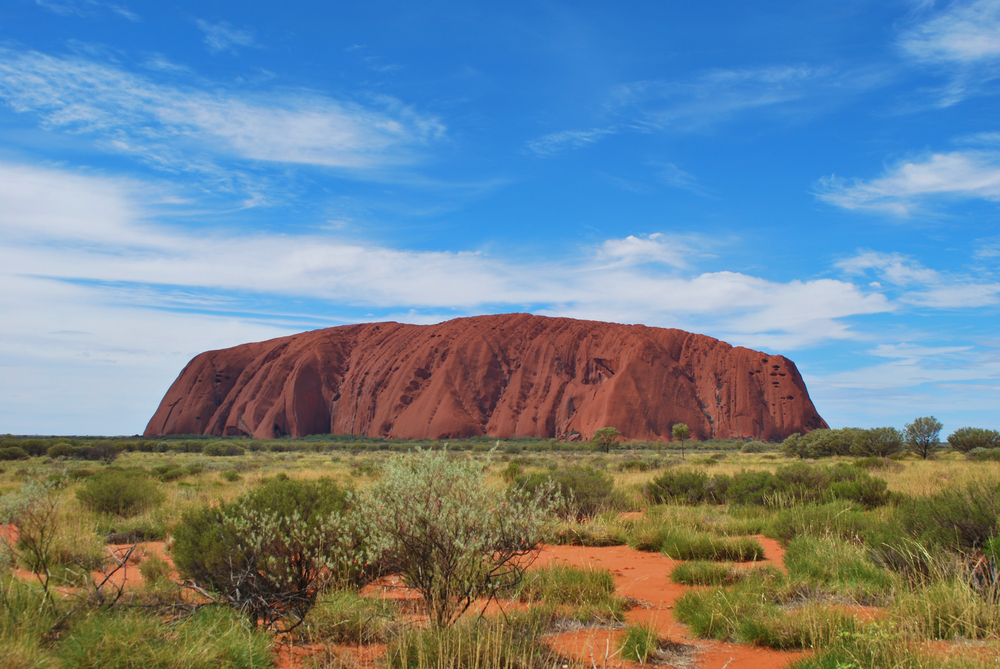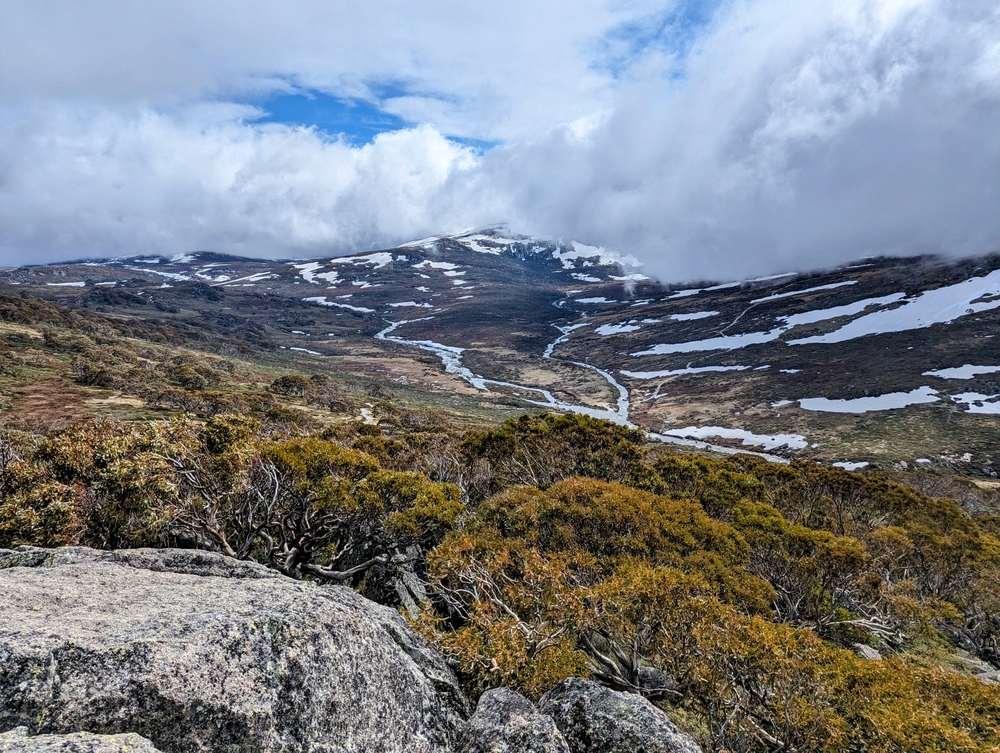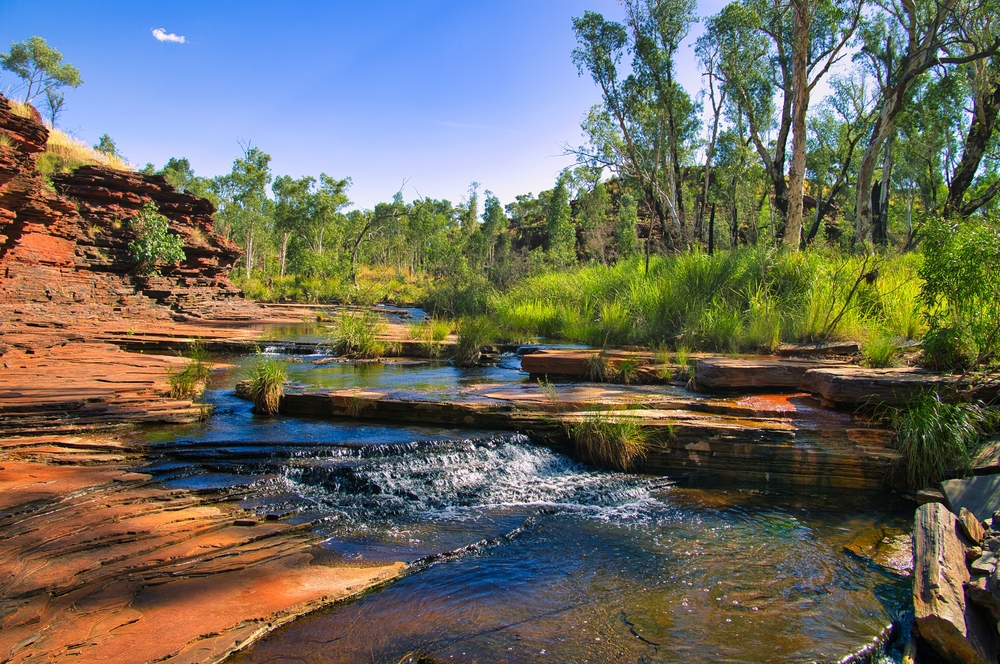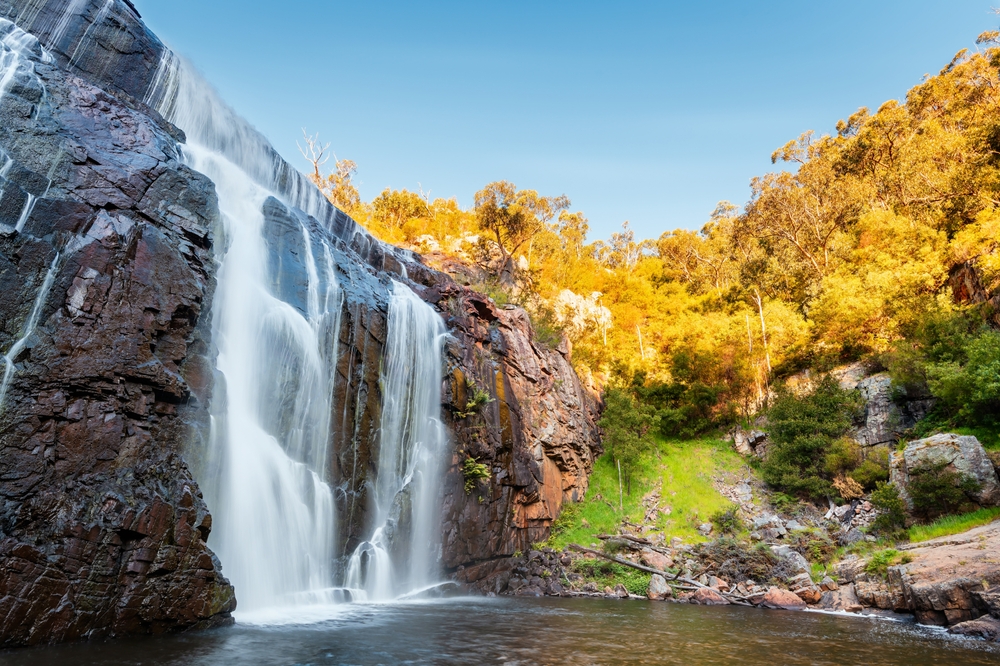Fraser Island (K’gari) Overview
Fraser Island (K’gari) National Park, located off the coast of Queensland, Australia, is the world’s largest sand island, spanning approximately 640 square miles (1,655 square kilometers).
Known as K’gari, meaning “paradise” in the language of the Butchulla people, this UNESCO World Heritage-listed park boasts an extraordinary landscape of towering sand dunes, lush rainforests, freshwater lakes, and long stretches of golden beaches. The island is shaped by the forces of wind and waves, creating dramatic coastal features such as the colorful cliffs of The Pinnacles and the rusting remains of the Maheno shipwreck.
Eli Creek, one of the island’s many freshwater streams, winds its way through the forest and flows directly into the ocean, providing a refreshing swimming spot for visitors. Inland, perched lakes like Lake McKenzie and Lake Wabby offer striking contrasts of clear blue water against the pure white silica sands or surrounding verdant vegetation.
Despite its sandy terrain, Fraser Island supports diverse plant life, from coastal heathlands to subtropical rainforests growing directly on the sand. Ancient satinay and brush box trees thrive in areas enriched by nutrient-cycling fungi, while banksia, pandanus palms, and melaleuca trees populate different ecological zones. The forests echo with the calls of native birds, and the undergrowth is teeming with reptiles and insects.
The variety of habitats provides shelter and sustenance for a wide range of wildlife, including the island’s famous population of purebred dingoes, considered among the most genetically intact in Australia. Visitors may also spot swamp wallabies, echidnas, lace monitors, and bandicoots along forest trails or near campgrounds.
The surrounding waters are home to marine life such as dolphins, dugongs, sea turtles, and migrating humpback whales, which pass by the island between July and November. Birdwatchers can enjoy sightings of kingfishers, ospreys, white-bellied sea eagles, and the strikingly vibrant rainbow bee-eater.
Among the most popular attractions, the Champagne Pools offer a unique coastal swimming experience where seawater bubbles over volcanic rock formations, creating a natural spa-like effect. The island’s Seventy-Five Mile Beach, a designated highway and landing strip for small aircraft, allows for breathtaking scenic flights and four-wheel-drive adventures past sand dunes, streams, and rock formations.
The island’s network of walking trails, including the Great Walk, takes hikers through diverse landscapes, from dense forests to lakeshores. Visitors can also kayak along the tranquil waters of Wathumba Creek or take guided tours to explore the island’s geological and cultural heritage.
Fraser Island faces conservation challenges due to increasing tourism, climate change, and invasive species. The presence of non-native plants and animals threatens native ecosystems, while human interactions with dingoes require careful management to prevent habituation. Conservation efforts include habitat restoration, dingo education programs, and strict guidelines for responsible tourism.
The Butchulla people actively participate in cultural preservation and environmental management, reinforcing the island’s deep Indigenous heritage. Sustainable tourism practices and national park regulations help protect the island’s delicate environment while allowing visitors to experience its beauty responsibly.











































































